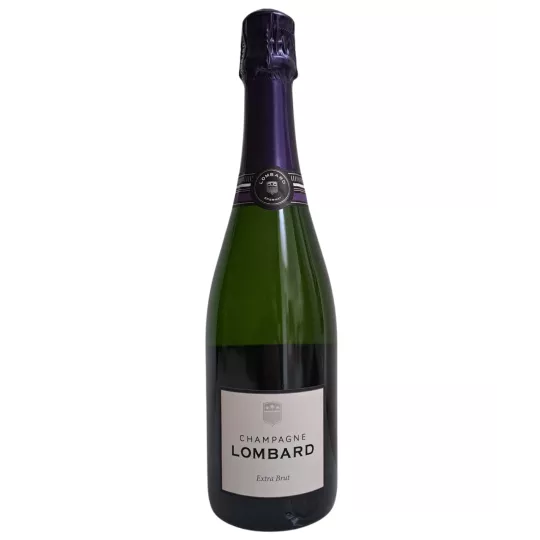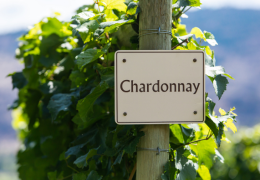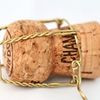Champagne Valentin Leflaive embodies the alliance between Burgundian heritage and Champagne excellence. Thanks to a...

To receive delivery on December 24, orders must be placed before the morning of December 17.
Free delivery for purchases over € 210 in the E.U.
Club We Love Bubbles: Collect points with every purchase
| ❤️ CLUB We Love Bubbles: 100 € spent = 20 loyalty points |
| ❤️ CLUB We Love Bubbles: €100 spent = 20 loyalty points |
| ❤️ CLUB We Love Bubbles: €100 spent = 20 loyalty points |

Champagne Valentin Leflaive embodies the alliance between Burgundian heritage and Champagne excellence. Thanks to a...

Champagne Petit et Bajan, founded in 2008 by Richard Petit and Véronique Bajan, embodies the alliance of two...

Champagne Napoléon, founded in 1825, embodies the perfect blend of family tradition and imperial prestige. Crafted...

Champagne Lebeau-Batiste, a family-owned winery in Chavot-Courcourt, embodies the combination of artisanal tradition...

Champagne Telmont, founded in 1912 in Damery, embodies the perfect blend of family heritage and innovation. Its...













In the gentle hills of the Champagne region, where the vines stretch as far as the eye can see, the best-kept secrets of the art of wine are hidden: the champagne grape varieties. Imagine walking along the rows of vines, the sun caressing your face while the wind carries the sweet aromas of ripe grapes. Each grape variety, with its distinct nuances, contributes to the production of this sparkling wine that awakens the senses and delights palates around the world.
At the heart of this taste adventure are three emblematic grape varieties: Chardonnay, Pinot Noir and Pinot Meunier. According to data from the Champagne Committee, these three varieties together represent more than 99% of the region's vineyards, with Chardonnay covering around 28%, Pinot Noir 38%, and Pinot Meunier 34%.
Chardonnay, a noble and delicate grape variety, brings freshness and finesse to the blends. Originally from Burgundy, it flourishes particularly in the terroirs of the Côte des Blancs and the Montagne de Reims. Its floral aromas and citrus notes give the champagnes an incomparable elegance.
Statistics from the National Institute of Origin and Quality (INAO) reveal that Chardonnay is widely grown in prestigious villages such as Avize, Le Mesnil-sur-Oger, and Cramant, where the chalky soil favors its development. . It is in these exceptional terroirs that the most popular champagne vintages are born, such as the famous Dom Pérignon from LVMH.
Pinot Noir, king of red grape varieties, gives power and complexity to champagnes. According to data from the Union of Champagne Houses, this grape variety is widely cultivated in the regions of Montagne de Reims, Vallée de la Marne, and Côte des Bar, representing nearly 90% of vineyards planted with red.
Pinot Meunier, for its part, brings sweetness to the champagne and accessibility to the blends. Mainly grown in the Marne Valley and Aube, this grape variety represents nearly 32% of the region's vineyards, according to figures from the Interprofession des Vins de Champagne (CIVC).
Blending, the true art of the cellar master, consists of skillfully combining these different grape varieties to create balanced and harmonious champagnes. CIVC statistics show that more than 90% of champagnes are blended champagne cuvées, where each grape variety contributes to the complexity and aromatic richness of the sparkling wine.
By exploring the different grape varieties of Champagne, we discover the very soul of this iconic sparkling wine. From elegant Chardonnay to complex Pinot Noir to approachable Pinot Meunier, each variety offers a unique palette of flavors that enriches our sensory experience. So, let yourself be guided by your palate and set off to discover the hidden treasures of the Champagne region.
Immersing yourself in the world of Champagne grape varieties is a captivating sensory journey, where each variety - Chardonnay, Pinot Noir and Pinot Meunier - reveals its unique characteristics and contributes to the richness of the blends. From the elegant freshness of Chardonnay to the complex power of Pinot Noir, to the approachable sweetness of Pinot Meunier, each grape variety offers an incomparable taste experience.
Thanks to our complete guide to the grape varieties of this sparkling wine, you now have the keys to explore and fully appreciate the diversity of champagnes, and let yourself be transported by their subtle aromas and delicate flavors.
Whether your choice is a refreshing white champagne or a fleshy rosé, the world of Champagne grape varieties offers you exquisite discoveries and unforgettable tasting moments.
Q: What grape varieties are authorized in the Champagne region?
A: The main grape varieties authorized are Chardonnay, Pinot Noir and Pinot Meunier.
Q: What is the most planted grape variety in the Champagne region?
A: Pinot Noir is the most widely planted grape variety, representing nearly 38% of Champagne vineyards.
Q: What is special about Chardonnay in the production of champagne?
A: Chardonnay brings freshness and finesse to champagnes, with floral aromas and citrus notes.
Q: Where can you find the best Pinot Noir-based champagnes?
A: Pinot Noir-based champagnes often come from the Montagne de Reims, Vallée de la Marne and Côte des Bar regions.
Q: What is the role of Pinot Meunier in champagne blends?
A: Pinot Meunier brings softness and accessibility to champagnes, with fruity notes and a pleasant texture on the palate.
Q: How does the champagne blending process take place?
A: The blending process is carried out by the cellar master, who skillfully combines the different grape varieties to create balanced and harmonious champagnes.

 A Story Of Friendship: Champagne Pol Roger and Sir Winston Churchill
A Story Of Friendship: Champagne Pol Roger and Sir Winston Churchill Champagne-based cocktails
Champagne-based cocktails Champagne rosé
Champagne rosé Serve a good champagne
Serve a good champagne Where to buy Deutz champagne ?
Where to buy Deutz champagne ?Follow us